Sunrise was just a couple of hours ago, but the sun shone like noon. A cool sea-scented breeze blows from the west, moving my hair. I sit on a nearby rock to watch the city waking up. Below, not far, hundreds of small fishing boats come and go with the fish to supply the many bars and restaurants around the harbor.
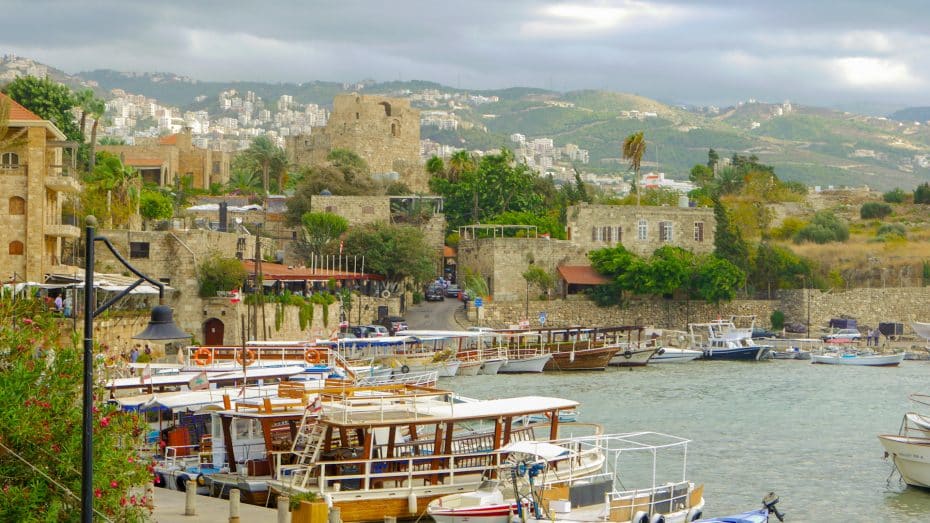
I’m at Byblos, a small port town 38 km (24 miles) north of Beirut. Unlike the frantic Lebanese capital, Byblos is a quiet, typical coastal town that seems to run at a different, more unruffled pace.
In Byblos (old Gebal and present-day Jbeil), you can find Phoenician, Roman, Byzantine, and medieval ruins. The oldest part of Byblos is far from the center of the modern city, along a shoreline cliff.
Here, you can visit a 1,000-year-old citadel with panoramic views of the Mediterranean, climb up the stairs of a Roman amphitheater, and walk around a 2,000-year-old Phoenician necropolis.
Top 10 Things to See on a Day Trip to Byblos, Lebanon
Going to Byblos for just one day? Here’s a fun-sized list of things you can check out:
1. Old Harbor
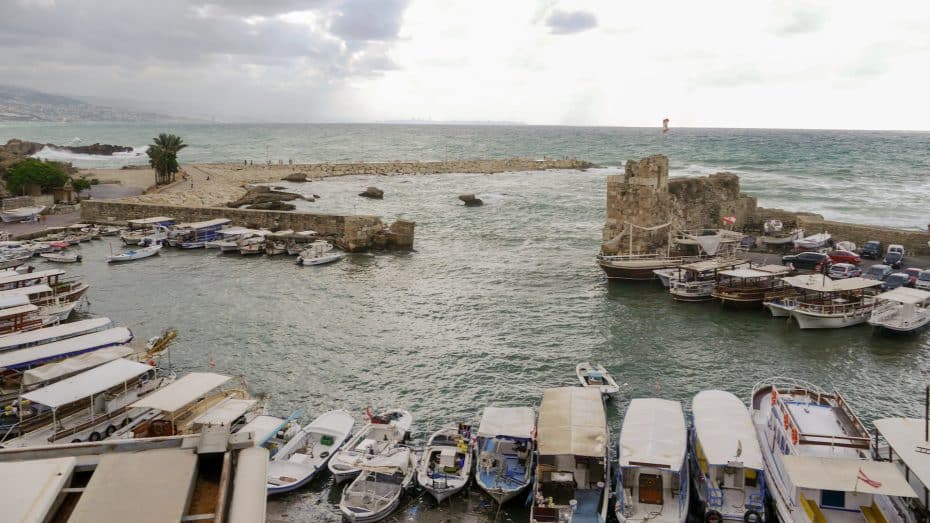
Stop by the Old Harbor if you find yourself in Byblos, Lebanon, with just one day to explore. Here, you’ll witness fishermen busy at work against a soundtrack of noisy seagulls. This bustling spot is perfect for enjoying the atmosphere and a slice of local life.
The harbor also offers a chance to breathe in the sea air and observe boats bobbing on the waves. After watching the fishermen, you can take a relaxing walk along the waterfront. Don’t miss out on this interesting piece of Byblos during your short visit!
2. The Souks
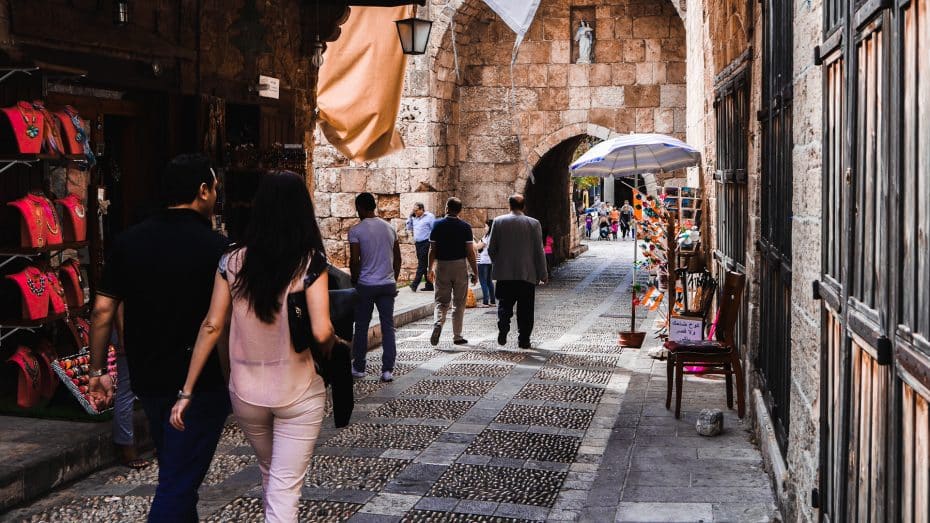
In Byblos, continue your trip to the old markets or souks. These markets are full of interesting shops. Here, you will find handmade goods and local spices. Take your time walking around. Smell the spices, see the colorful crafts, and buy a souvenir.
3. Wax Museum
After exploring the markets in Byblos, a visit to the Wax Museum is another interesting stop. This museum shows life-like figures made of wax. These figures represent important people from Lebanon’s history and culture, such as writers, artists, and other famous individuals. Walking through the museum is like taking a silent journey alongside these notable figures.
3. Jeita Cable Car
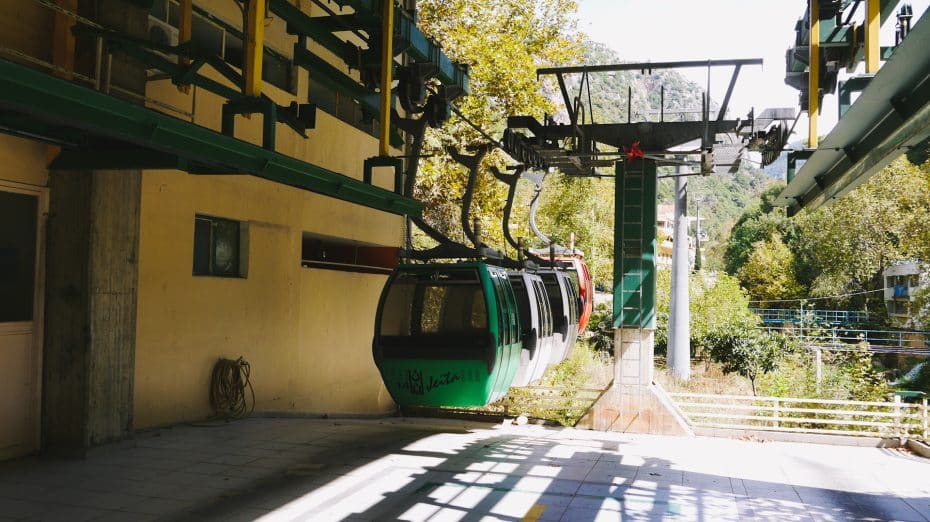
If you have only one day in Byblos, Jeita Grotto is a must-see. To reach the caves, you will ride a cable car. This ride is fun and offers a great view. When you arrive, the beauty of the underground world waits. Stalactites and stalagmites create an amazing scene.
If you plan to visit the Jeita Grotto from Byblos, you have a couple of transportation options. If driving, follow the coastline road south for about 20 kilometers (12 miles). It’s a straightforward drive that takes around 30 minutes, depending on the traffic. Public transportation is also available. You can catch a bus heading towards Beirut and ask the driver to stop near Jeita. The trip by bus might take a bit longer but allows you to relax and watch the scenery.
4. Jeita Grotto
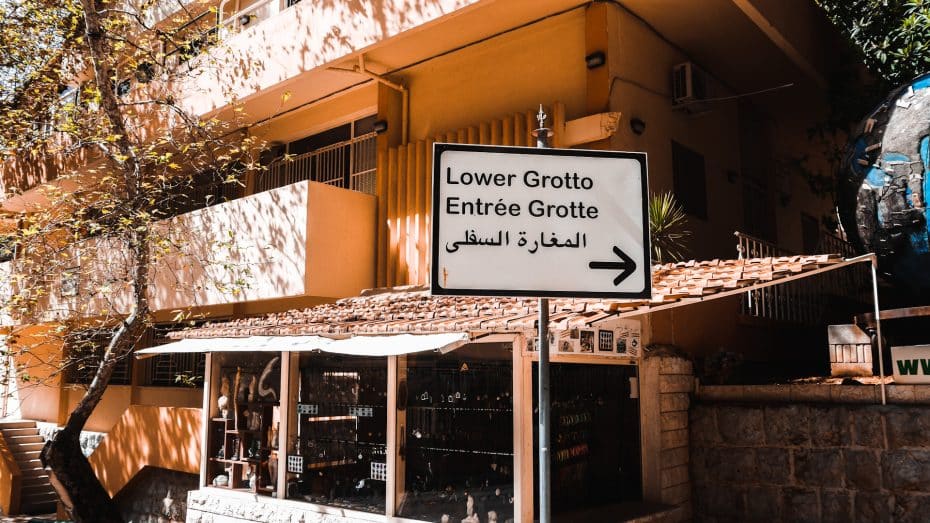
Jeita Grotto is a system of two separate but interconnected limestone caves spanning an overall distance of nearly 9 kilometers (5.5 miles). Discovered in 1836 by Reverend William Thomson, these caverns offer a magical underground world.
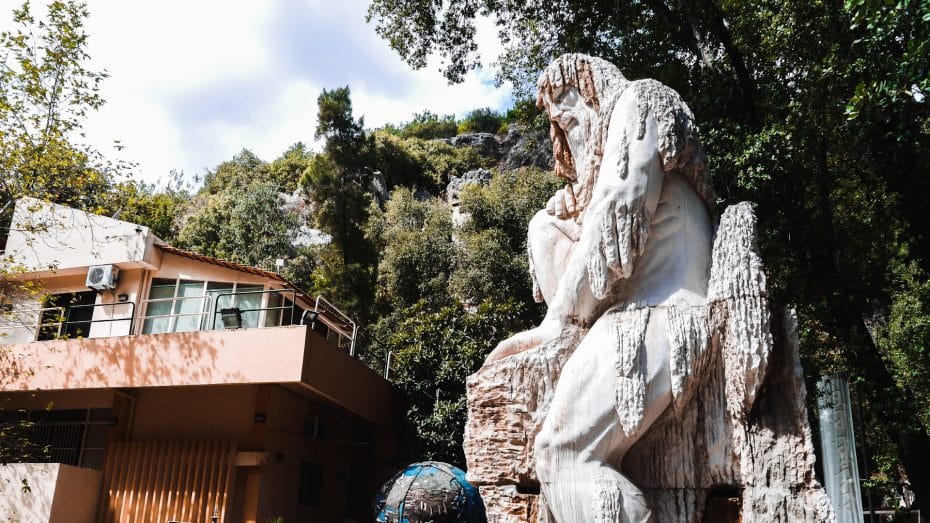
Inside, you can marvel at the stone formations shaped by years of natural processes. Stalactites hang from the ceiling like stone icicles, while stalagmites rise from the ground to meet them. The lower section of the grotto includes an underground river, which can be explored on a guided boat tour. This wondrous experience allows for a peaceful journey through a natural marvel lit to highlight the beauty of its geological features.
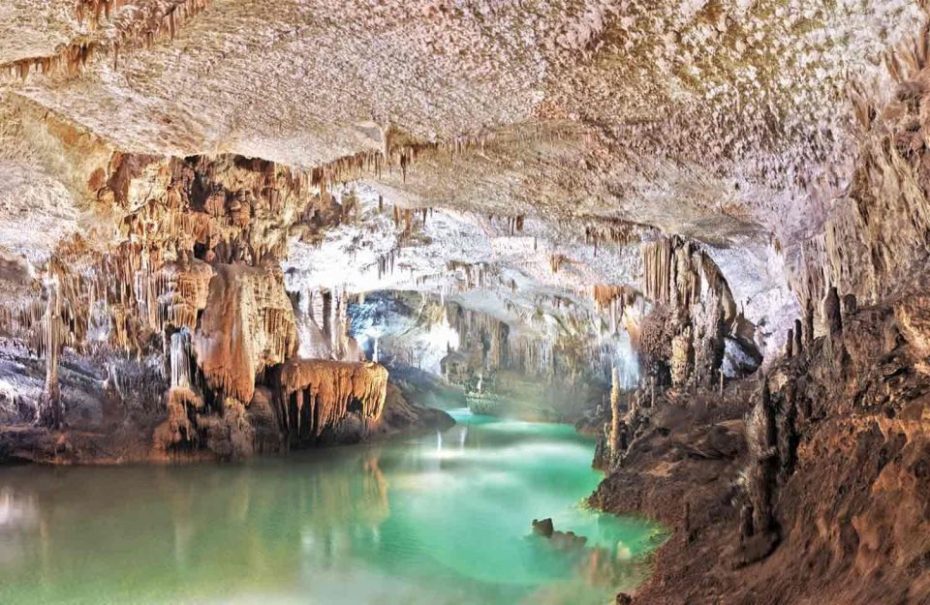
Aside from being a Lebanese national symbol and a top tourist attraction, Jeita Grotto is crucial in providing fresh water to more than a million Lebanese residents. The upper galleries are home to the world’s largest known stalactite and are accessible via cable car or foot along a specially designed tunnel.
Bright lights illuminate the dramatic shapes and figures within the cave, creating an almost artistic exhibition sculpted by nature over countless millennia.
5. Byblos Archaeological Site
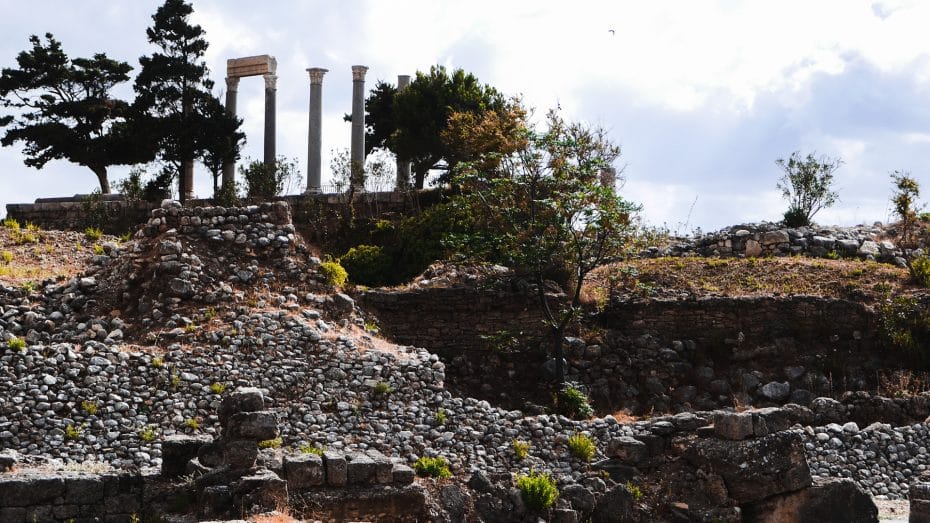
If you’re spending a day in Byblos from Beirut, the Byblos Archaeological Site is a key place to visit. This site is like an open book of ancient times. Byblos is among the oldest cities in the world, with a history that stretches back around 7000 years. Walking around, you’ll see layers of civilizations, from the Stone Age to the Crusaders. The most thrilling parts to explore include the ancient city walls, the castle built by the Crusaders, and the old temples. Each stone tells stories from different people who lived long ago.
Researchers have uncovered objects here that point to some of the earliest forms of writing. These include clay tablets dating back to 1200 BCE, bearing witness to exchanges between local rulers and their Egyptian counterparts. You can also marvel at relics from the Persian and Roman periods.
Personal tips: Go early to avoid crowds and the heat. Remember to wear comfortable shoes, as surfaces can be uneven. Cameras are a must. This site might take about two hours, leaving plenty of time to explore more of Byblos’s sights.
6. St. John the Baptist Church
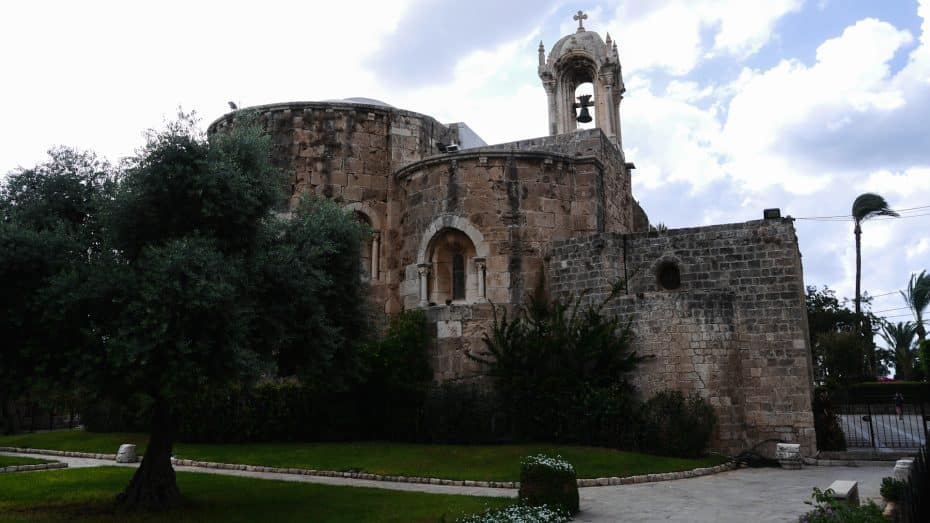
If you only have one day to travel from Beirut to Byblos, make sure to check out St. John the Baptist Church. This site is not just any old church—it has been standing since the 12th century. It shows off the architecture from the Crusader period, which means it has a lot of history within its walls. Inside, the church carries a quiet and special feel, and it’s filled with religious artworks and stained glass windows.
Now, there’s something you wouldn’t expect: underneath the church, there’s a surprise there’s a network of ancient tunnels.
Before leaving St. John the Baptist Church, don’t pass up the chance to climb the bell tower.
9. Byblos Citadel
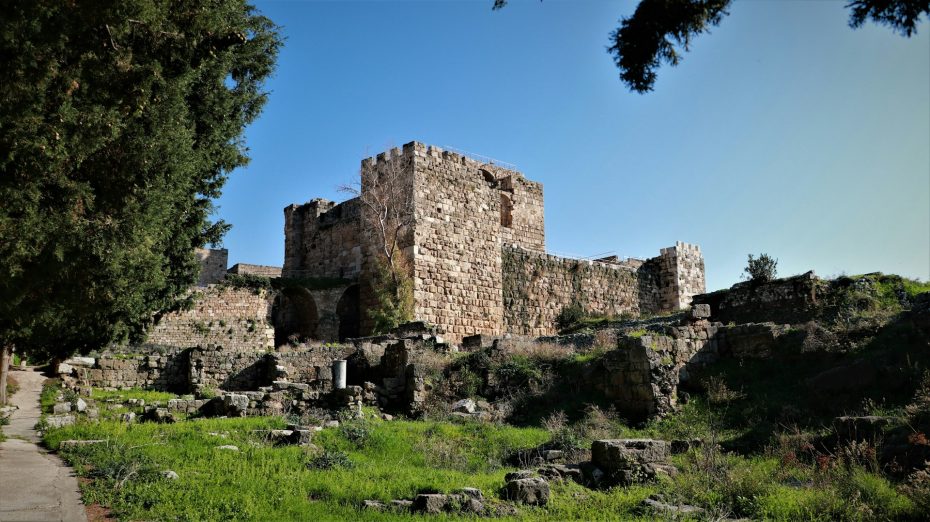
Byblos Citadel is a large fortress in Byblos. It was built by the Crusaders in the 12th century on top of older structures. This place, also known as the Byblos Castle, has seen many layers of history piled upon each other.
Personal tips: The citadel is open every day, and it’s best to go in the morning when it’s not too hot. There is a small entry fee (about 10 USD). Taking a guide will make your visit even richer because they know so much about the place. Bring a camera – the sea looks amazing from the top of these castle walls.
8. Memory of Time
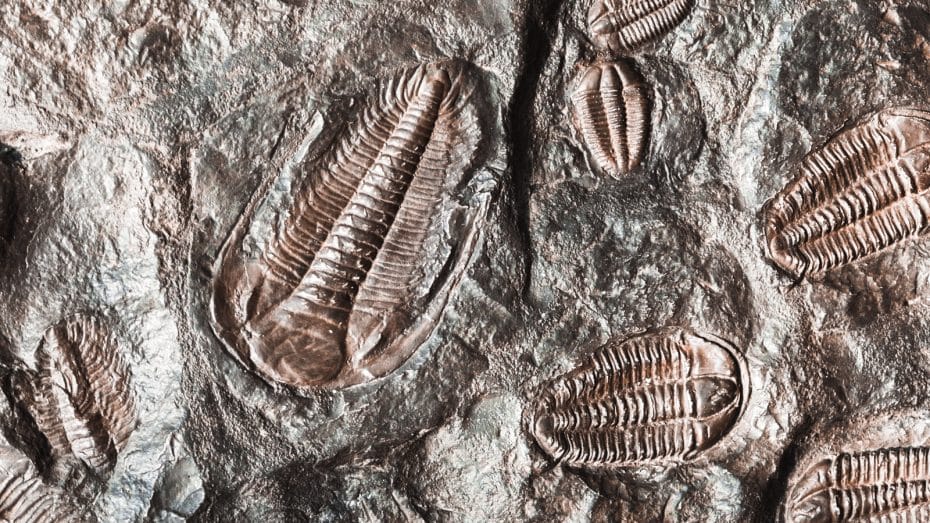
This Byblos attraction is like a trip way back into Earth’s past. Memory of Time, also known as the Fossil Museum, is a place in Byblos where you can see millions of-year-old stone fossils. It’s a perfect place to learn about ancient life and nature. Children, in particular, will find this museum very exciting. It has a big collection of fossils, most of which were found right there in Lebanon.
9. Armenian Genocide Orphans’ Museum
Next on our list is a less cheery attraction, the Armenian Genocide Orphans’ “Aram Bezikian” Museum. This place opens a window to a somber chapter in history. Located south of the city center, this museum is dedicated to the orphans of the Armenian Genocide.
Inside, visitors find personal items and photographs belonging to Armenian orphans who lived through the atrocities of 1915. Each artifact tells a personal tale, offering a deep connection to the past. Open in 2005, the museum also displays documents that give insight into how these children were saved and cared for in orphanages in Lebanon and elsewhere.
10. Bahsa Beach
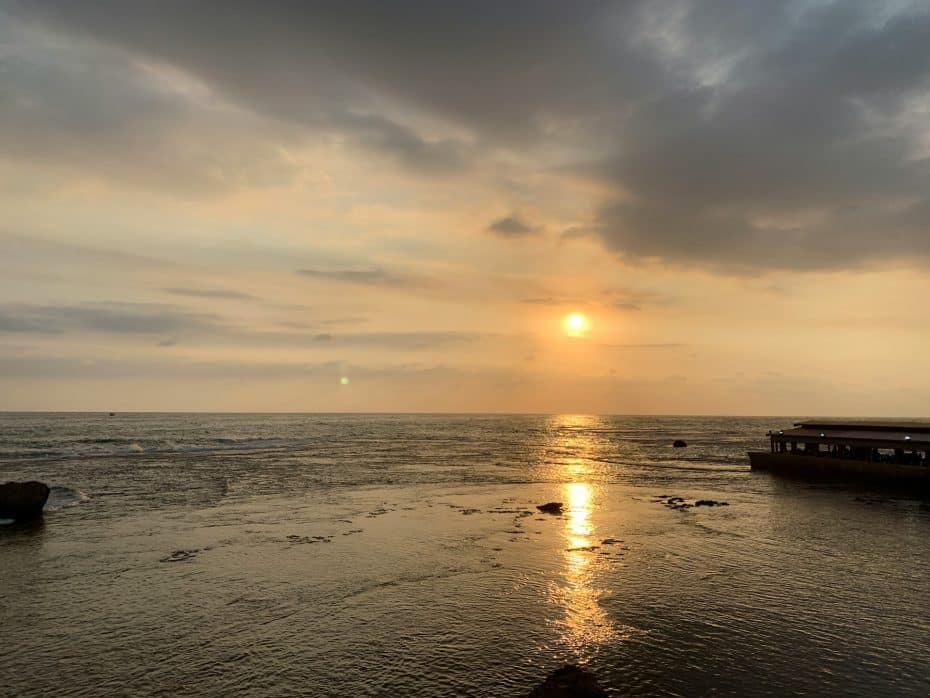
Bahsa Beach is a great spot for visitors to Byblos and a favorite among Beirut daytrippers and weekend travelers. In just one hour, you can drive from Lebanon’s capital to this lovely sandy area.
Remember to pack sunscreen and a hat, as the sun can be strong, especially in summer. The beach has chairs and umbrellas for rent.
Visit Byblos (Jbeil): A Short Historical Overview
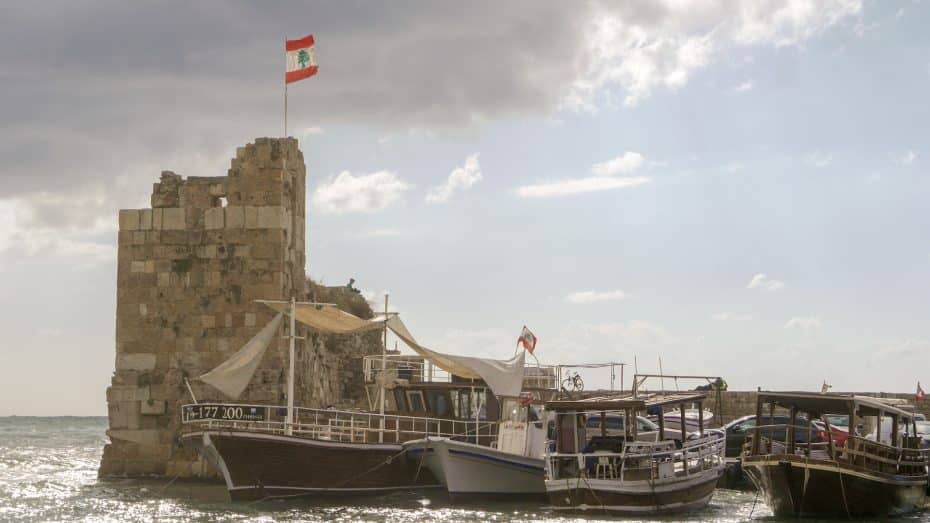
Byblos is one of the oldest continuously inhabited cities in the world. This place offers a historical journey through its past civilizations and archaeological sites.
The first signs of a town in Byblos date back to the Stone Age when it was just a small fishing village named “Gubla” and later “Gebal.” The name “Byblos” (greek for “scroll”) became common due to its importance in the papyrus trade.
The ancient Egyptians valued Byblos for its timber supply for ships and cedarwood, which they used for building and religious purposes. Around 1200 BC, Byblos was an important trade center with shipping and trading ties that reached across the sea.
The city was an important hub for the Phoenicians, a civilization known for their seafaring and trading skills.
Several cultures controlled Byblos through the centuries due to its strategic location. Around 333 BC, Alexander the Great took control of Byblos as he conquered parts of the Middle East. Byblos was later ruled by Rome, starting around 64 BC. Under Roman rule, the city was rebuilt with grand temples, streets, theaters, and public baths.
The spread of Christianity had an impact on Byblos. It became a Christian township with its own bishop by AD 313. Later on, during medieval times, Crusaders built castles as part of their endeavor to recapture the Holy Land.
In modern history, especially after Lebanon gained independence from France in 1943, Byblos became a place not only for history but also for arts festivals, universities, and museums.
In case you missed it…
Day Trip to Jbeil (Byblos) from Beirut: Useful Tips
1. Check the Current Safety Status
Before you start planning your trip, look at the website of your country’s Foreign Relations Ministry. Make sure it is safe to travel to Lebanon during your visit.
- US State Department
- UK Foreign, Commonwealth & Development Office
- Ireland’s Department of Foreign Affairs
- Australian Government Department of Foreign Affairs and Trade
2. Best Time to Visit Byblos
The ideal time to see Byblos is during spring or fall. The pleasant weather allows you to explore the old streets and sights comfortably without the intense heat.
3. Getting to Byblos from Beirut
Driving to visit Byblos from Beirut is straightforward. Take the coastal highway heading north, which takes about 40 minutes. For public transport, buses labeled with “Byblos” or “Jbeil” can be found at Charles Helou Station. They leave when full and cost a few dollars (bring cash). Keep an eye out for your stop, as there will be no formal announcement.
3. Arrive Early
Arriving in Byblos early lets you enjoy the place without large groups that arrive later in the day. The morning light is also perfect for photos!
5. Leave Enough Time for Jeita Grotto
The Jeita Grotto is close to Byblos and worth your time. Plan at least two hours for a visit so you can take in the incredible stalactite and stalagmite formations without rushing.
6. Prepare to Haggle
When shopping at local markets, it’s common practice to negotiate prices. Start at a lower price than offered and find a fair deal with vendors while enjoying the interaction.
7. Consider Booking a Guided Tour from Beirut
An organized tour from Beirut is a good option. It often includes transport and can help you see the highlights without stress.
8. Think About Overnight Stay Options
Even though you might go for a day trip, staying overnight is worth it. Byblos has places for different budgets:
- For an affordable stay, look at Ahiram Hotel Byblos.
- For something in the middle, check out Monoberge Hotel.
- If you’d like a luxury stay, book at Byblos Sur Mer.
9. Discover Local Tours in Byblos
Once you arrive, you might find local tour options that can give a closer look at this ancient city.
10. Taste Local Lebanese Food
Try dishes like tabbouleh, hummus, and fresh seafood in local restaurants. The harbor is a particularly great place to dine with sea views.


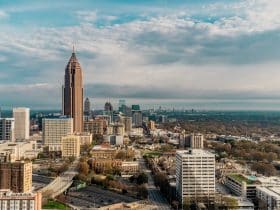



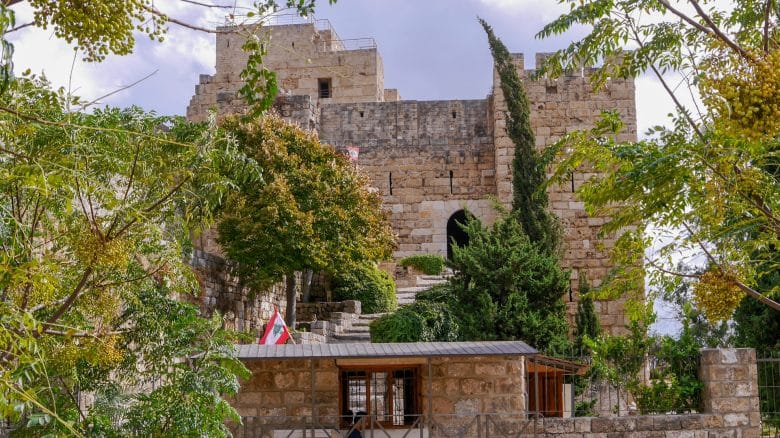

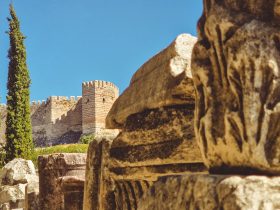
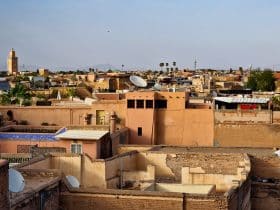

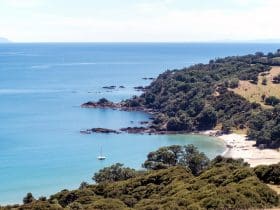
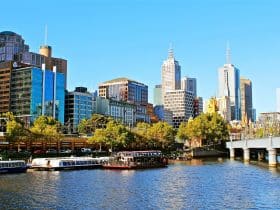
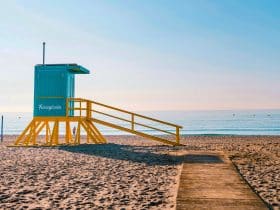
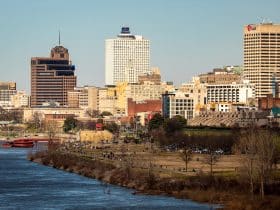















Loved your post! I visited Byblos quite recently and absolutely loved it, such a nice port city! The medieval streets and the great views from the top of the castle were just breathtaking.
I actually wrote a post very recently regarding my experience there, if you’d like to check it out 🙂
https://www.arwtravels.com/blog/byblos-ancient-phoenician-port-city-lebanon